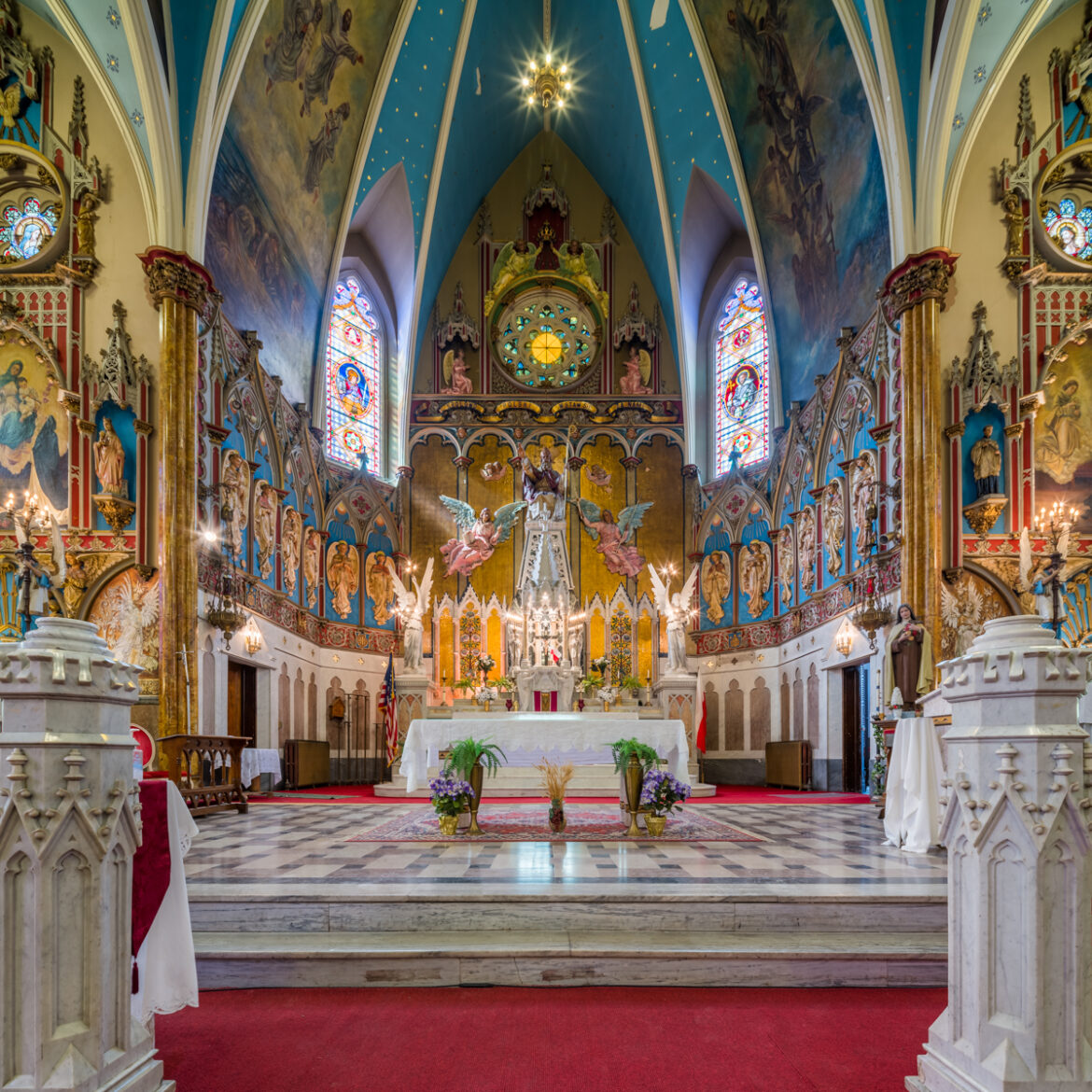The Church of the Holy Ghost stands as an enigmatic edifice within the rich tapestry of Christian symbolism and worship. What makes this church a subject of intrigue? Does it serve merely as a physical structure, or is it a conduit for divine interaction? To explore this phenomenon, we must delve into its historical roots, liturgical significance, and the ethereal essence of what the Holy Ghost represents within Christian doctrine.
At the heart of understanding the Church of the Holy Ghost is the recognition of the Holy Ghost, or Holy Spirit, as a vital component of the Holy Trinity—Father, Son, and Holy Spirit. This triune nature of God elevates the Church of the Holy Ghost beyond a mere place of assembly; it becomes a sanctuary where the faithful can encounter the divine presence. What, then, is the role of the Holy Spirit in our lives? Is it merely an abstract theological concept, or does it hold tangible implications for the believer’s journey?
The time-honored tradition of dedicating churches to specific aspects of the divine has its roots in the early Christian era. The Church of the Holy Ghost emerges as a testament to the reverence afforded to the Holy Spirit, whose influence shaped Christianity’s growth and theological evolutions. This dedication encapsulates the belief that the Holy Spirit animates the community of faith, inspiring and guiding members toward a profound connection with God.
Historically, various Churches of the Holy Ghost have emerged across continents—their architectural styles varied, yet each embodies a unique confluence of faith, artistry, and devotion. Many of these structures are adorned with intricate iconography that narrates biblical events orchestrated by the Holy Spirit. From depictions of Pentecost—the day the Holy Spirit descended upon the apostles—to symbols of peace and transcendence, the visual artistry prompts the observer to reflect on the mysteries of divine love and guidance.
In examining the liturgical practices within the Church of the Holy Ghost, one can anticipate an ambiance steeped in reverence. Rituals such as the Eucharist or Communion serve as foundational acts of worship, inviting believers to partake in a sacred communion not only with Christ but also with the Holy Spirit. These acts challenge congregants to confront a singular question: How does one engage with the Holy Spirit in the quotidian aspects of life?
Engagement with the Holy Spirit extends beyond the sanctuary walls; it envelops the believer’s everyday experiences. The challenge lies in discerning the subtle nudges of the Spirit in our lives. Do we remain attuned to those moments of divine inspiration when the Holy Ghost seeks to embolden our faith or direct our paths? The Christian life may well be envisioned as a delicate dance, where the steps are choreographed by the influence of the Holy Spirit. How adept are we at interpreting these movements?
Another fascinating layer within this exploration is the multifaceted role of the Holy Spirit as Comforter, Advocate, and Guide. Scripture portrays the Holy Spirit as one who intercedes for believers, expressing prayers when words elude us. The Church of the Holy Ghost becomes a focal point where these roles converge, creating an atmosphere conducive to spiritual intimacy. Within its hallowed walls, congregants encounter not only community but also the transformative power of the Holy Spirit, who cultivates compassion and resilience.
In diverse Christian traditions, the notion of receiving the Holy Spirit varies widely. In some traditions, the act of Confirmation solidifies the presence of the Spirit within individuals, marking a personal commitment to live out one’s faith. The Church of the Holy Ghost, therefore, also emerges as a crucible for spiritual maturation. Are the rituals performed within its confines designed merely for reminiscence, or do they beckon us into a deeper, more robust faith journey?
Furthermore, the Church of the Holy Ghost is often considered a sacred space where communal unity and theological reflection converge. It fosters relationships among congregants that ripple through personal and collective spiritual journeys. One might ponder: how does communal worship influence the ways in which individuals experience the Holy Spirit? When believers gather, united in prayer and worship, the collective experience can amplify the awareness of the Holy Spirit’s presence, fostering a vibrant tapestry of faith woven through shared experiences.
In concluding this exploration, the Church of the Holy Ghost emerges not only as a geographical location but also as a profound symbol of the dynamic interplay between the divine and humanity. It beckons believers to engage deeply with the Holy Spirit, both personally and communally. The playful challenge remains: as we traverse the spiritual landscape within and beyond these sacred walls, how will we discern the whispers of the Holy Spirit calling us to action and deeper understanding? As individuals and as a collective body of faith, the Church of the Holy Ghost invites us to embark on an odyssey of exploration—a journey rich with mystery and an indelible significance that transcends time and space.



